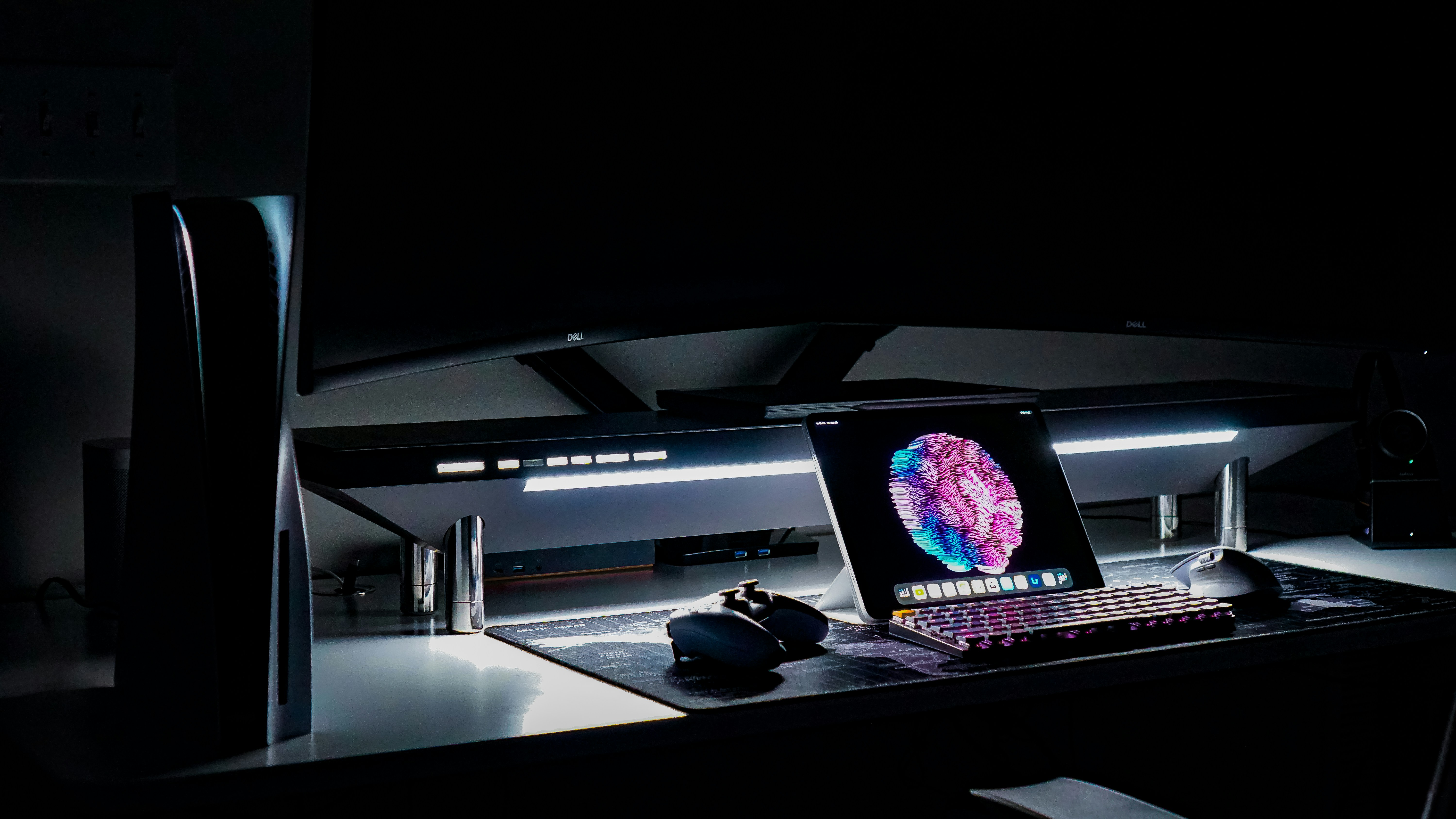"Bionic Vision: A Glimpse into the Future of Sight"
The dawn of a new era in human vision is upon us. Bionic vision technologies are no longer mere science fiction, but a rapidly evolving reality. Let's delve into the history, current developments, and the potential impact of this groundbreaking innovation.

A Retrospective Look at Bionic Vision
The concept of bionic vision is not new, dating back to the 1960s when researchers started exploring the idea of electronic vision aids. Over the decades, their efforts have evolved from theoretical research into tangible, real-world applications. Early devices, such as the Argus II Retinal Prosthesis System, offered hope to those with severe vision impairments, albeit with limited resolution.
Modern Developments: A New Dawn for the Visually Impaired
In recent years, the field of bionic vision has seen significant advancements, with several prototypes demonstrating the potential for a high-resolution visual experience. For instance, Second Sight’s Orion Visual Cortical Prosthesis System, currently in clinical trials, bypasses damaged eyes altogether, transmitting signals directly to the brain’s visual cortex.
Another exciting development is Australia’s Bionic Vision Technologies’ bionic eye. Designed to help patients with Retinitis Pigmentosa, a condition that causes severe vision loss, the device has demonstrated promising results in early clinical trials.
Projected Costs and Market Impact
While the costs of bionic vision technologies remain high, with devices like the Argus II priced around $150,000, advancements in technology and economies of scale could eventually drive prices down. The global market for vision prosthetics was valued at approximately $1 billion in 2020 and is expected to grow significantly as these technologies become more accessible.
Bionic Vision: Not Just for the Visually Impaired
While the primary aim of bionic vision technology is to aid the visually impaired, its potential applications extend beyond that. Future iterations of these technologies could potentially enhance normal vision, offering features like zoom capabilities and augmented reality overlays. Much like smartphones revolutionized communication, bionic vision could redefine how we see the world.
The Road Ahead: Challenges and Opportunities
While the progress in bionic vision technology is encouraging, significant challenges remain. Issues such as power supply, biocompatibility, and the complexity of translating visual data into electrical signals that the brain can interpret are substantial hurdles. Yet, with continued research and development, the promise of restoring sight to the blind and potentially enhancing normal vision is an exciting prospect.
As we stand on the cusp of a new frontier in human vision, the potential applications and implications of bionic vision technology are staggering. Whether it’s restoring sight to the visually impaired or offering enhanced vision to the sighted, the future of sight is undoubtedly bright and promising.





